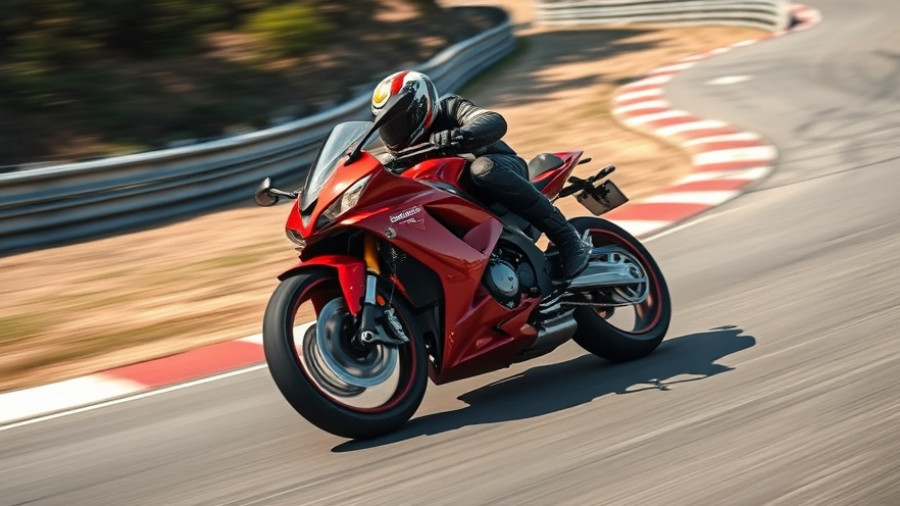
Testing Under the Sun: McLaren W1 Takes on Arizona's Challenges
As McLaren steers the W1 from prototype to production, the stakes couldn't be higher. Subjected to rigorous hot weather testing in Arizona, the engineering team aimed to not only confirm the vehicle’s capabilities under testing conditions but also ensure it can perform reliably under the most punishing temperatures that supercars face. Chief Engineer Andy Beale expressed confidence following the tests, indicating that the team hit all its targets and reaffirmed McLaren's commitment to delivering thrilling yet dependable performance.
The Objective of Desert Trials
The W1 project is not just about speed; it’s about integrating performance seamlessly with driver experience. Engineers tested various aspects, such as cooling efficiency during full engine load, how road debris affects the body, and the efficacy of air conditioning in extreme heat. The environment of the Arizona desert, with average temperatures surpassing 40°C (104°F), provided the perfect backdrop for stress-testing the vehicle’s functionality. Over two weeks, teams drove more than 5,000 kilometers, logging data that would provide insights into everything from grip levels to aerodynamics.
Performance Insights from the Field
During testing, the McLaren team monitored critical systems, ensuring that the W1 could withstand not only the heat but also the variable conditions that arise from the harsh desert terrain. Vehicle Development Engineer Vikram Shah described the trials as akin to a 'torture chamber.' The diverse tests assessed how the car reacted to vibrations from the road, G-forces during acceleration, and high braking loads. This assessment was crucial ahead of customer deliveries, as understanding these dynamics helps ensure reliability and enhances the thrilling experience McLaren aims to deliver.
Engineering a Dual Character
One standout feature of the W1 is its ability to exhibit dual character; it fosters exhilarating track performance while maintaining comfort during longer drives. Jonathan Beaumont, the Senior Vehicle Engineering Manager, highlighted that the balance between cooling and aerodynamic efficiency is critical. In this segment of development, McLaren found that the W1 managed to deliver that dual performance without making sacrifices in cooling or handling capabilities.
A Glimpse into the Future of Performance Vehicles
As the countdown to deliveries begins, the W1 is poised to redefine the standards of high-performance hypercars. With its new hybrid powertrain capable of delivering 1,258 hp and 988 lb-ft of torque, acceleration metrics boast 0-124 mph in an astonishingly brief 5.8 seconds. It combines blistering speed with intelligent engineering designed to enhance the overall driving experience. This innovation not only caters to enthusiasts seeking raw power but also to those wanting reliability and comfort in their ownership experience.
Conclusion: A Shift in McLaren's Legacy
With the completion of extensive hot weather testing, the McLaren W1 stands on the brink of changing how performance cars interact with the driver and environment. By prioritizing both exhilarating speed and consistent reliability, McLaren proves that they are not just rebuilding their technological framework, but reimagining what a hypercar means. As potential buyers anticipate delivery, the expectation builds that this vehicle will not only meet but redefine their performance desires and expectations. The integration of exceptional engineering in extreme testing conditions is a clear signal of McLaren's ambition to keep leading in the ultra-competitive automotive world.
 Add Row
Add Row  Add
Add 




Write A Comment